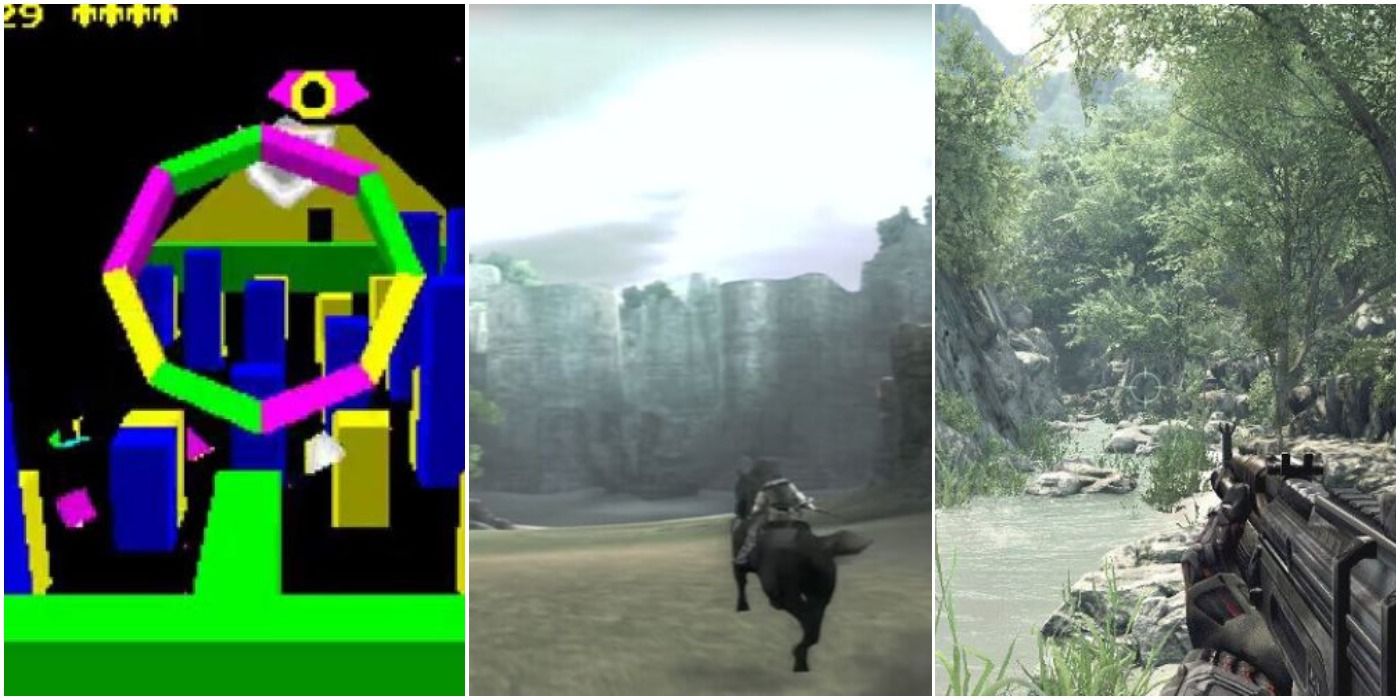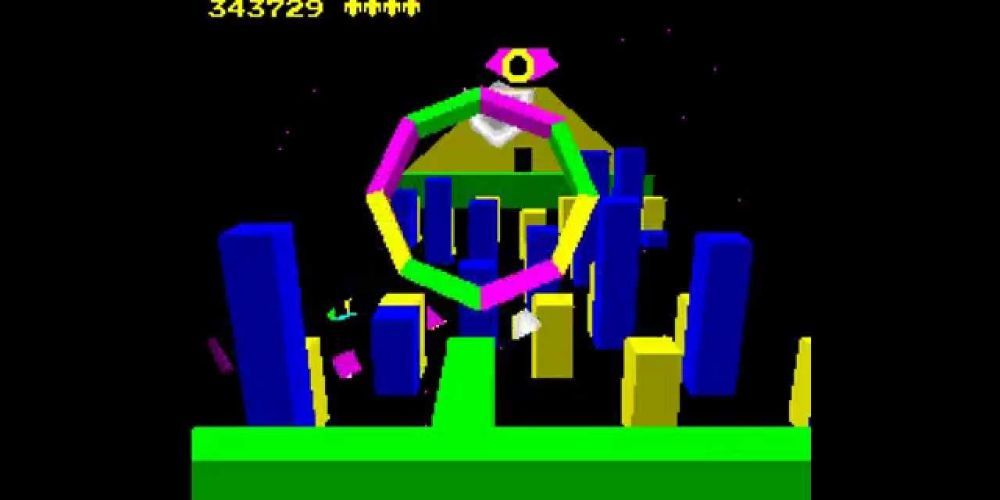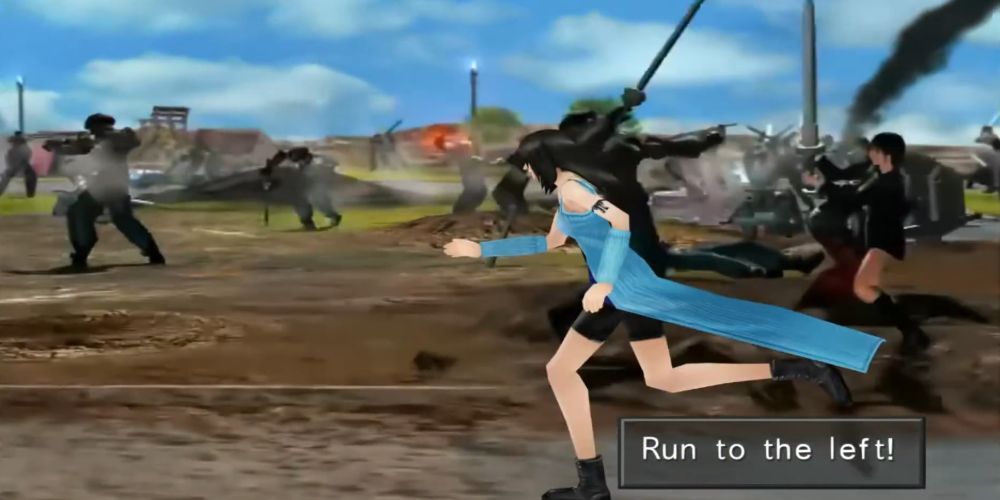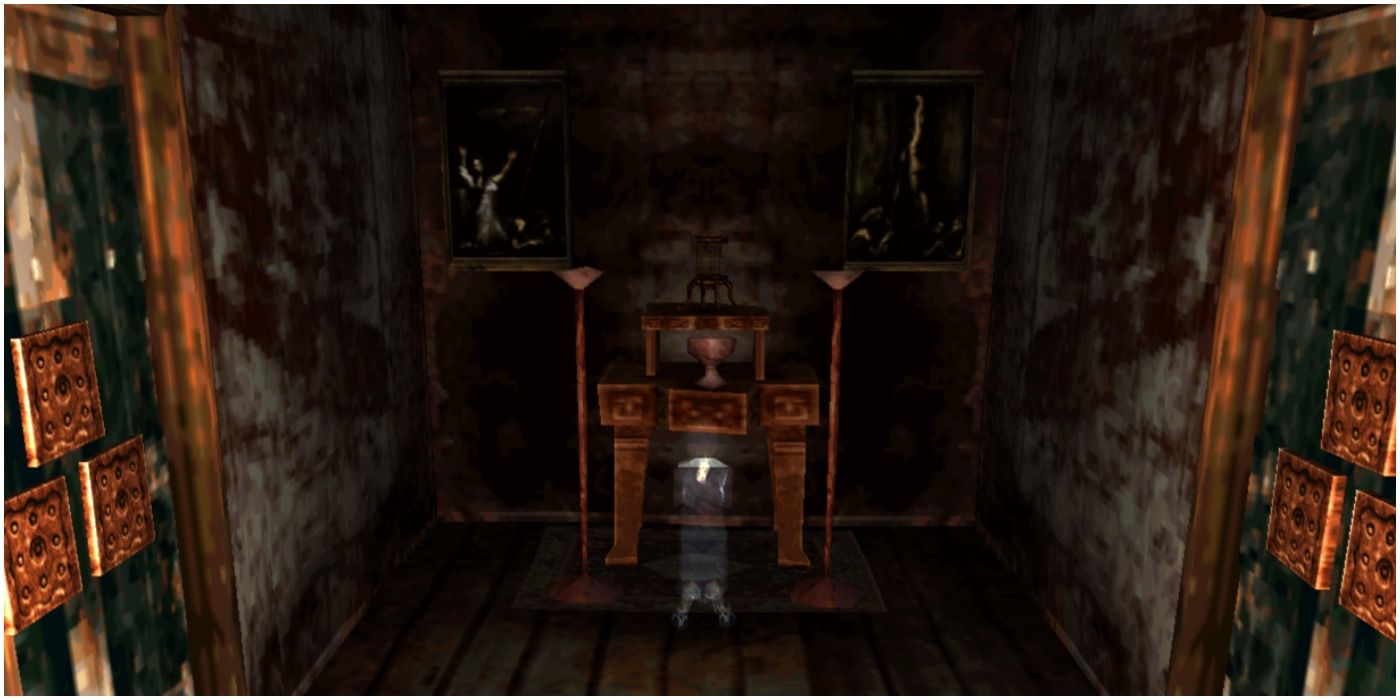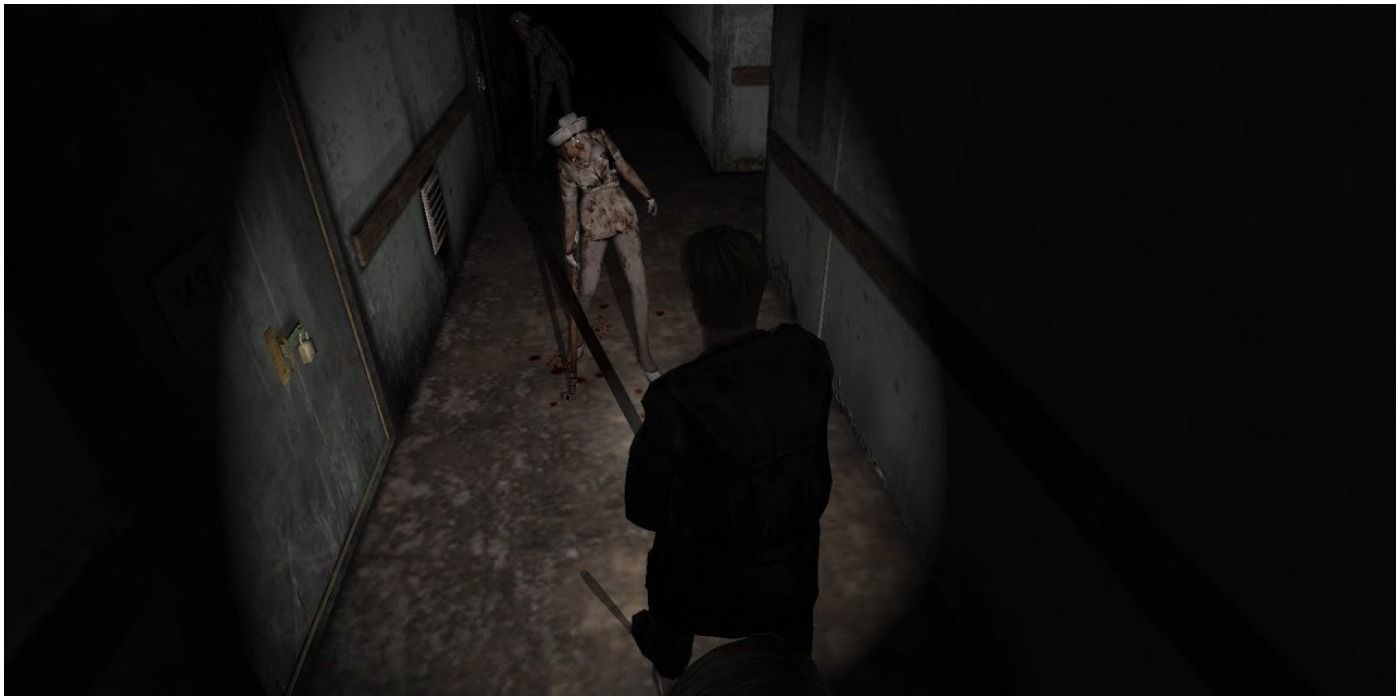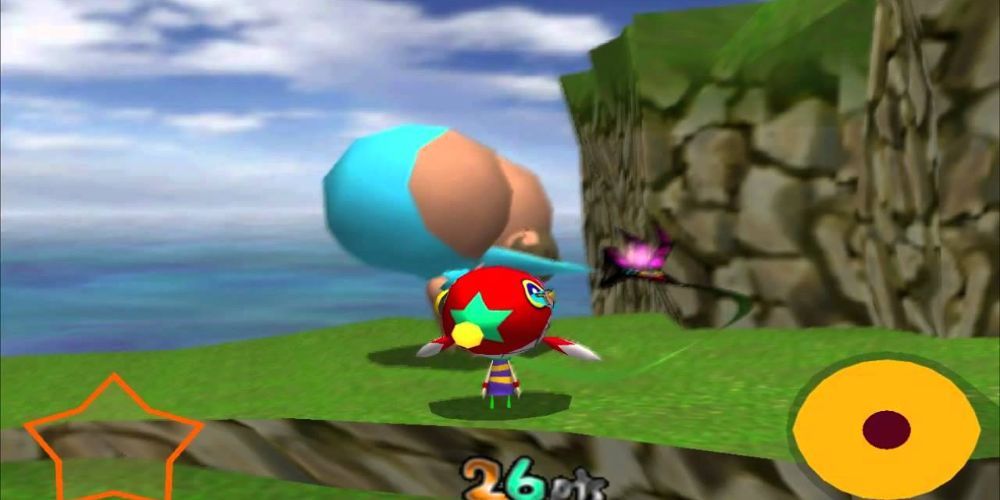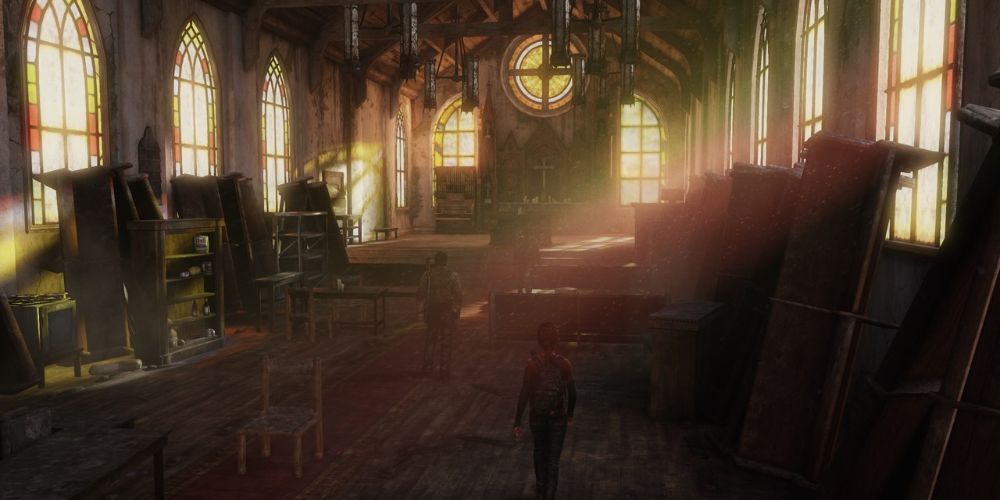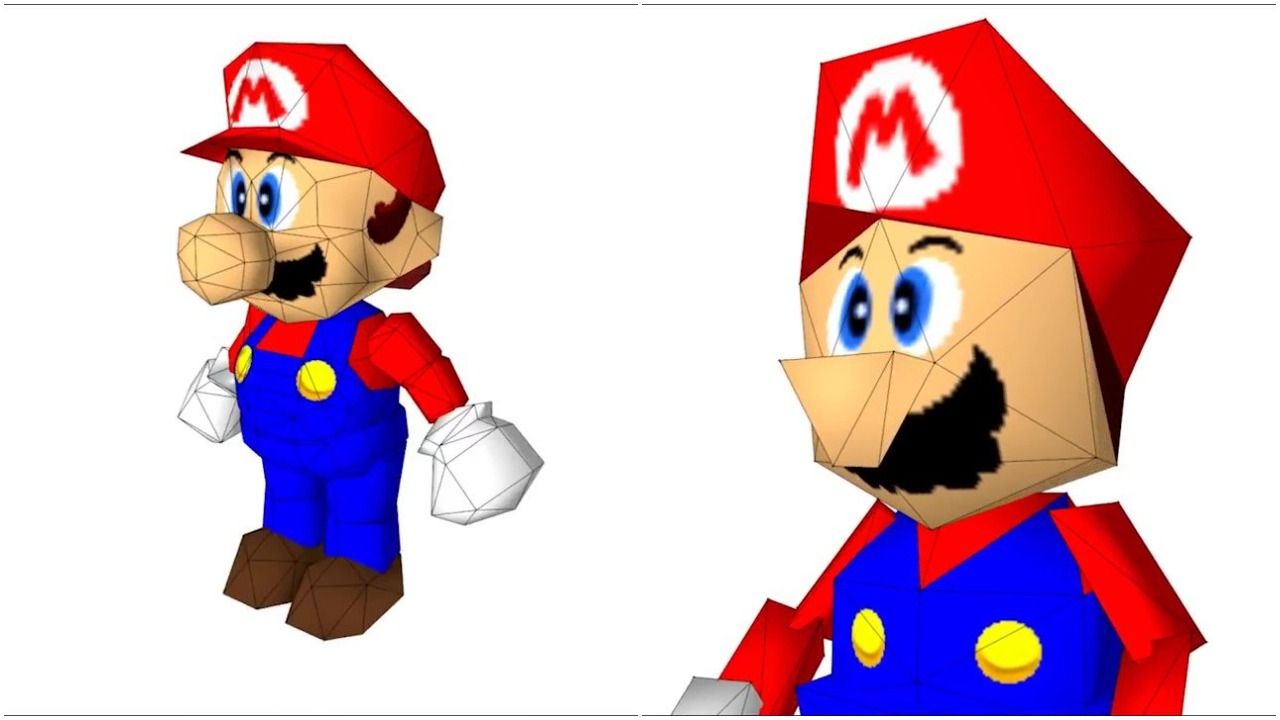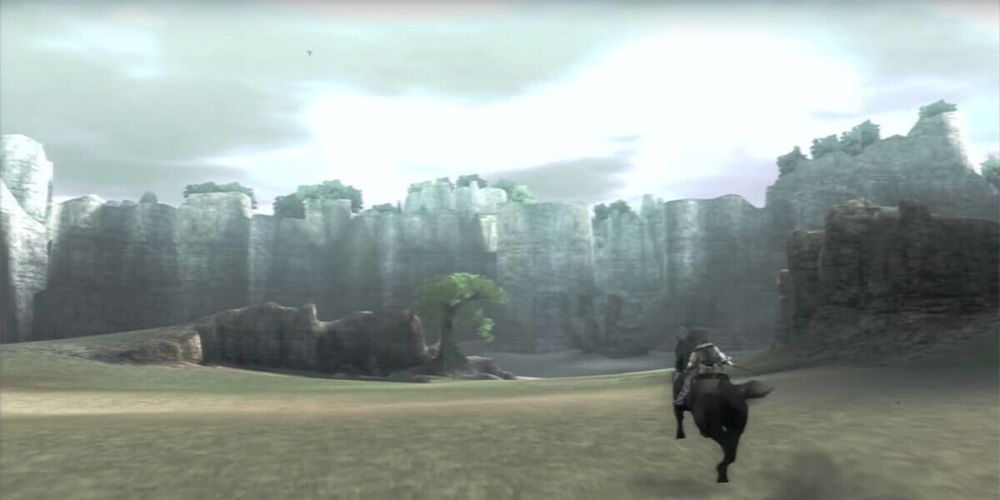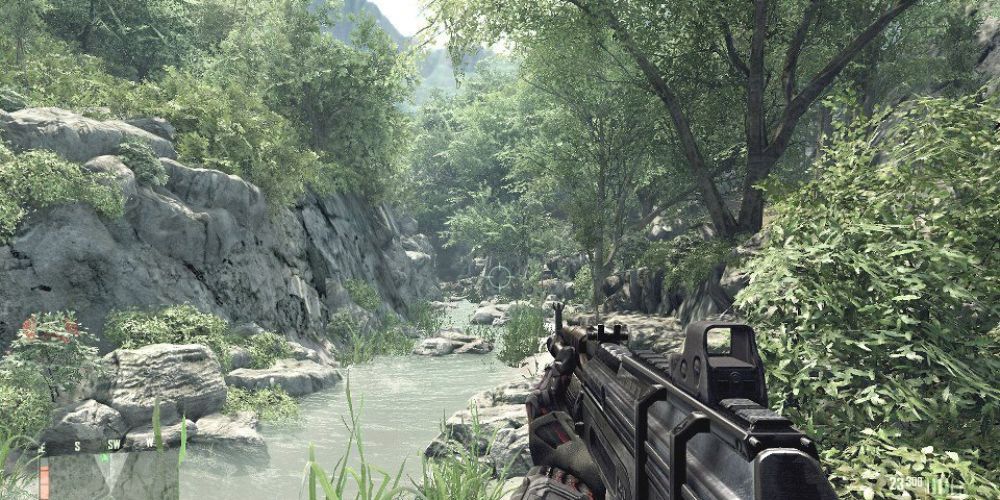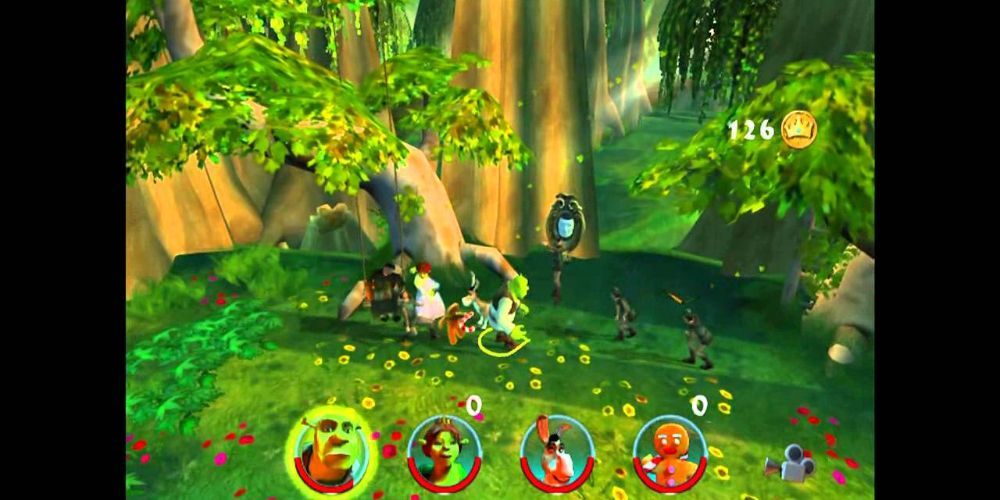It might surprise most gamers to learn that 3d graphics are about as old as 2d graphics. The journey to creating convincing 3d worlds has been long, with many developments along the way. Whereas many games in the past decade have made strides to mimicking photography, games in the past had to settle with more primitive developments toward realism.
It's hard to pinpoint where exactly graphical techniques originate. Many rendering methods were theorized in the 70s and 80s, long before they were actually implemented in entertainment. Further, development cycles make it murky about which game is the first to implement tech and which is the first to release with it. It's much easier to find games that set standards. For a game's visuals to be truly advanced, it need not invent new rendering methods, but apply them so that a game looks good and performs well, too.
10 I, Robot - 3d Textures
It might not look like much now, but back in 1984 I, Robot probably blew some minds in the arcade. Most 3d graphics up until this point lacked texture and definition. I, Robot featured primitive lighting to give the player a sense of depth and scale, and also used color to draw the player's eye to points of interest. Once upon a time, this game passed for "immersive," which really shows the gap in standards between the 80s and the 90s!
9 Final Fantasy VIII - Character-to-Cutscene Overlay
The Final Fantasy games of the PS1 were landmarks for elaborate storytelling in games. But where Final Fantasy 7 was a visual appetizer, FF8 was a feast. The ingenuity on display in Final Fantasy 8 gave it moments where it resembled games at least 10 years in advance.
Most of FF8 is spent playing as 3d characters moving on a static 2d background. But more climactic sequences featured a different phase of gameplay where players controlled their party in front of movie files! These sequences include sneaking through a beautiful night-time parade, or running through a battlefield following a high-flying fist-fight. Talk about spectacle!
8 Silent Hill - Convincing Shadows
Horror games are nothing without the art of concealment. Silent Hill has always been a master class in building mystery, using the player's flashlight as a sort of storytelling tool. The original Silent Hill uses a form of 'per polygon' lighting. This was a simple system that decided the color value of an illuminated surface based on its orientation from the player's flashlight.
This system was a big step up from Silent Hill's biggest competitor, Resident Evil, which featured prerendered backgrounds and static lighting. Silent Hill's big innovation was to give the player a genuine sense that they are carving their way through a mysterious unknown. Still, when it comes to how well each classic game's graphics have aged, Capcom may still have Konami beat.
7 Silent Hill 2 (PS2) - Stencil Shadows
Silent Hill 2 stepped up its visuals for the Playstation 2. It expanded on the impressive lighting of its predecessor by introducing real-time stencil shadows. "Stencil shadows" is a fancy way of saying that the game would build a 2d shape from a 3d object whenever the player shined a light on it. The game would would then project that 2d shape as a shadow. While stencil shadows are rightfully a relic of the past, they managed to look nicer than many of the more technical lighting systems that came into prominence in the mid-2000s, at a lower computing cost to boot!
6 Stretch Panic - Dynamic Light & Shadows
While Splinter Cell: Pandora Tomorrow (2004) is credited as the first game to feature dynamic lighting on the PS2, the actual owner of this accolade is a weird little game from 2001. Stretch Panic was the Treasure Co.'s first foray into 3d gaming, and they made their mark with an unlikely little effect. In this old Youtube clip, Stretch Panic shows an impressive level of dynamic lighting. The spotlight on the player illuminates them in the correct shade, as well as the environment, and casts appropriate shadows. While Stretch Panic is not as well-remembered as Pandora Tomorrow, it doesn't hurt to give credit where it's due.
5 The Last of Us (PS3) - Global Illumination
Naughty Dog games are home to all kinds of ambitious visual achievements. Among the flashiest (literally) of these is the global illumination in The Last of Us. By 2013, lighting engines had become pretty bland.
What set The Last of Us apart from other games is that beams from the player's flashlight would bounce to light up the environment. Naughty Dog achieved this effect by turning surfaces into light sources. What's especially remarkable is that The Last of Us was running on hardware from 2006, but features an effect that is only now becoming standard with ray tracing technology. Truly ahead of its time!
4 Mario 64 - Dynamic Low Poly Models
Mario 64 was a work of genius that ushered in an era of proper 3d gaming. But when 64 re-appeared in the Super Mario 3d All-Stars, gamers were quick to notice that the titular plumber had a strange... flicker. That 'flickering' was not a glitch, it was an alternate model of Mario that was included in the game back in '96. When Mario gets too far away from the camera, the game switches him to a lower-detail (or "low poly") model to free-up processing power.
This switch was hard to spot on original hardware and period-appropriate TVs. But when Nintendo ported the game to high resolution, they gave gamers a chance to witness him in all his pointy splendor (whether they liked it or not!).
Photo credit to A+ Start on Youtube.
3 Shadow of the Colossus (PS2) - Large-scale Distance Masking
The best way to describe the original Shadow of the Colossus is 'ambitious.' It features a fittingly unique approach to concealing its loading. Players can see for miles in the game's open planes, but the computer can't keep the entire landscape loaded.
To address this, Team Ico used a combination of technical wizardry and artistic judgement to hide loading in plain sight. It uses a mix of pixelated images and low-poly models, and loads simple landscapes as players approach them. This is a remarkable feat that made the game immersive and pushed world design forward for years to come.
2 Crysis - Basically Everything
There's a term in computer science called "computational explosion." It describes the tendency for increasingly versatile software to demand orders of magnitude more effort to support. Crysis fits this phrase both literally and figuratively. PC gamers circa the late 00's probably have vivid memories of the first time they booted up Crysis, only for every fan in their rig to simultaneously kick in as their computer transformed into a makeshift space heater. This is thanks to a visual philosophy that is best described as "everything plus the kitchen sink."
The game's objects and environments were highly interactive, too. Players could manipulate nearly every object, and foliage would bend as characters moved past it. Players could also destroy buildings using firepower. Keeping all these effects loaded simultaneously was taxing, which explains why "Can it run Crysis?" remains a valid question about PC builds to this day.
1 Shrek (XBOX) - Per Pixel Lighting
Surprises can only come from the unlikeliest of places. Shrek for the XBOX is hardly a remarkable game, but it does lay the distinct claim as the first console title to feature per-pixel lighting. This means that the game judges the lighting value of every individual pixel before actually rendering it to the player's screen. It's much more taxing than the 'per-polygon' lighting that was commonplace up until 2001, but has become the standard today. The next time gamers marvel at cool lighting, just remember that the ogre did it first!

